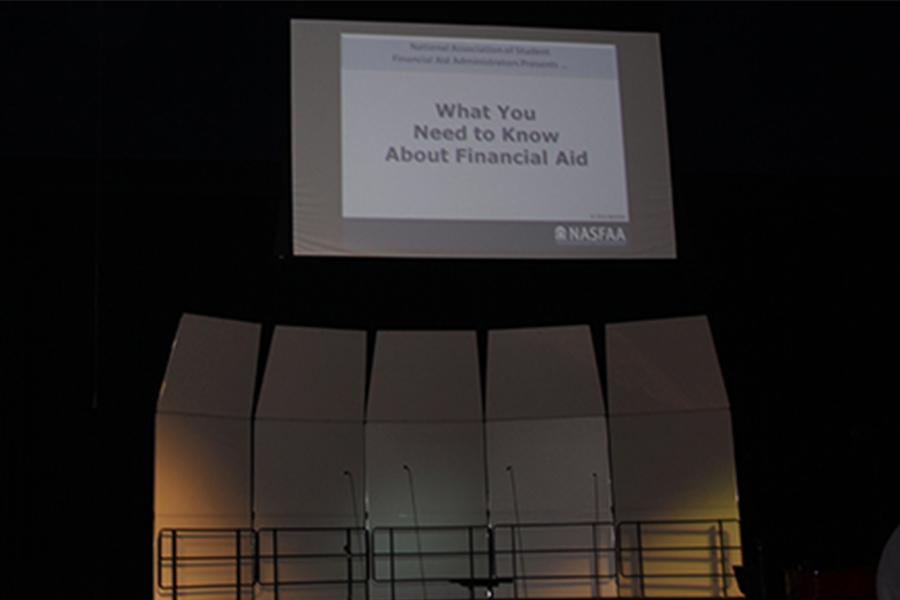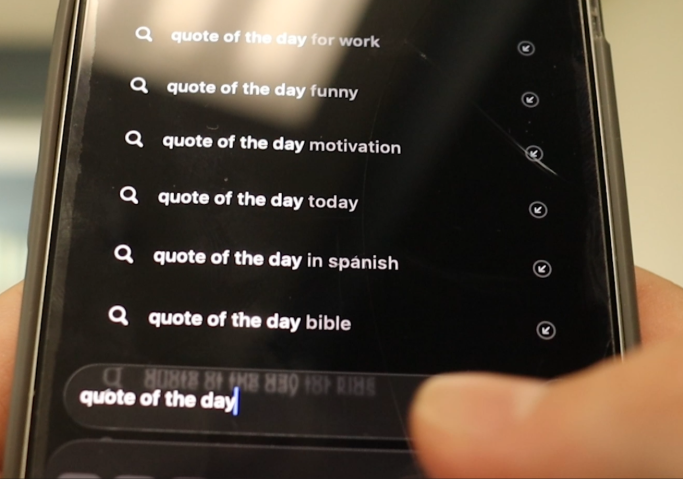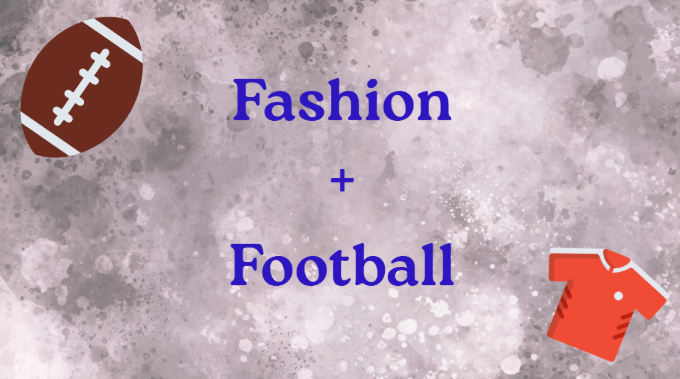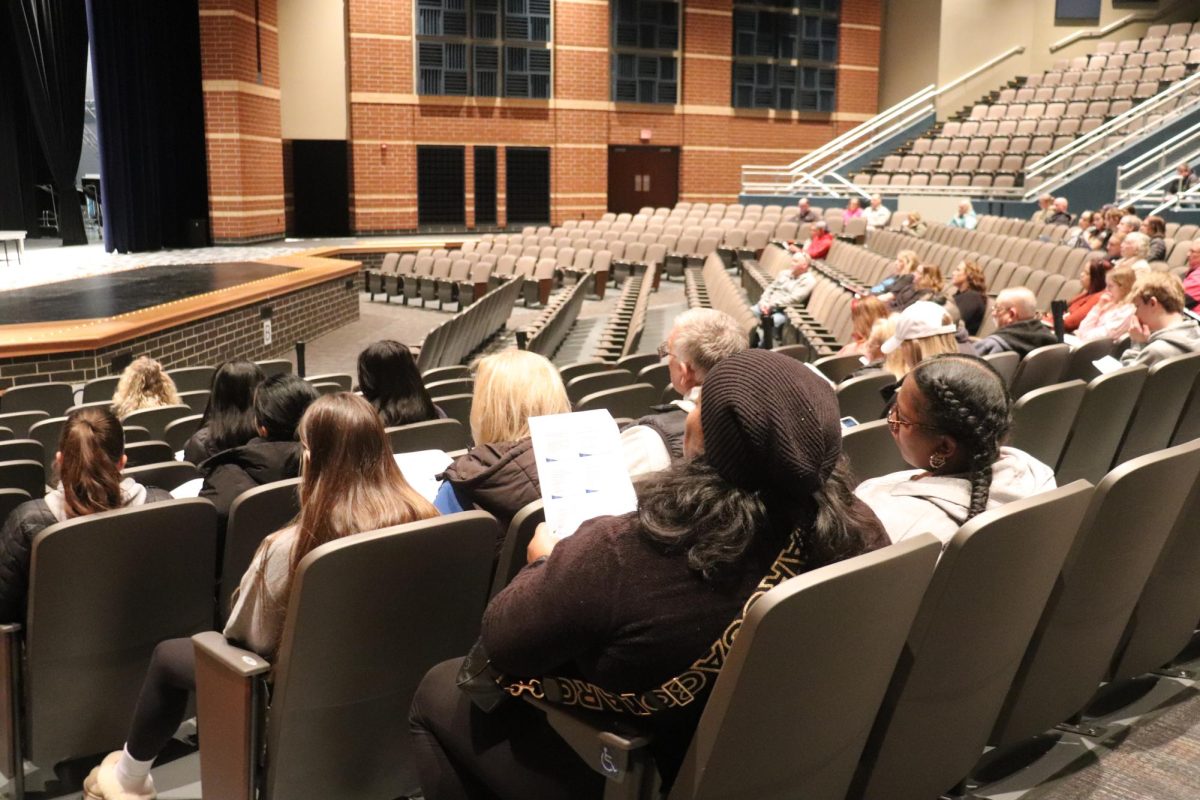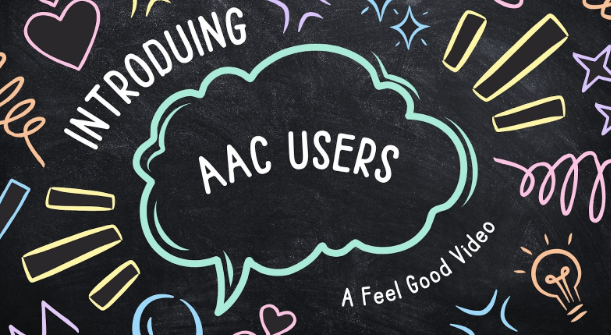On Dec. 12 in the auditorium, Mrs. Melissa Rettig, Guidance, hosted a financial aid night for parents and students to learn more about the many types of federal aid.
“The different types of financial aid consist of scholarships, grants, which is like the gift aid, and then there’s loans and employment, like work study, that’s considered a self-help aid,” Lindsey Mooneyhan ,guest speaker, said.
Federal aid offers both scholarships and grants for students in need, each with different qualifications.
“So, usually with the word ‘scholarships’ [they] can always be based off of merit and a skill, say like if you did a music performance or let’s say the ACT or SAT, your GPA, like something you’ve worked for, right? Grants can be need based. So, it’s not necessarily based off a specific skill. It’s based off of your need,” Mooneyhan said.
Deadlines are an important thing to look at when applying for financial aid, as there are specific deadlines to be met.
“Depending on what you apply for, specifically the federal aid and usually for that financial aid award letter you get from a college, you’re going to need to fill out the FAFSA, which stands for the Free Application for Federal Student Aid. For other scholarships, it depends on whether it’s through the university; they want to reach out and look at that university because they have specific deadlines. It could be an application, it could be an essay and it could be a tryout. But, if it’s also for outsign, they want to look at deadlines as well because it could be just filling out this form and submitting, or they could have a little bit more in depth of what they need. I just cannot stress deadlines for scholarships enough,” Mooneyhan said.
FAFSA has proven to be a helpful form of financial aid application, as well as help determine what scholarship is right for you.
“So, FAFSA is going to consist of questions involving the student and the parent. It’s going to ask a series of questions, [and] it takes those answers to those questions, and calculates what’s called an ‘Estimated Family Contribution’ or EFC, and that number is utilized by your college or university. You’re looking at to determine what kind of financial aid you may qualify for,” Mooneyhan said.
Each scholarship and grant is worth a different amount of money, but you shouldn’t let the lower cost ones discourage you.
“They may have qualifications that you read for, otherwise I say apply for it. If you’re not sure, go for it. You can’t apply enough; it all adds up. If it’s worth even, let’s say $500, don’t push that one to the side because you have a $5000 one to apply for. You know, a few $500 ones will all add up, so if you’re not sure whether you qualify for it or not, because it’s not written out specifically, then just apply for it. It does not hurt,” Mooneyhan said.
As well as college opportunities for financial aid, Lake Central offers help for students’ future college costs.
“Lake Central is a public high school, so we don’t actually have anything that we offer, but we do have groups like Dollars for Scholars that offer a lot of scholarships for our own students. We do give students as much information as possible, like the green sheets that we gave the seniors at the beginning of the year with a lot of scholarship information. We have the scholarship blog that is on the guidance webpage, and then we also have the scholarship information on naviance,” Rettig said.
To join Dollars for Scholars, students can pick up a registration form in the guidance office or talk to Mrs. Ashley Kline ,Guidance.
“Last year the senior class of 2016 earned over $13 million in scholarships, and the year before it was $12 million, so I’m hoping this year we can raise that and get up to $14 million,” Rettig said.



